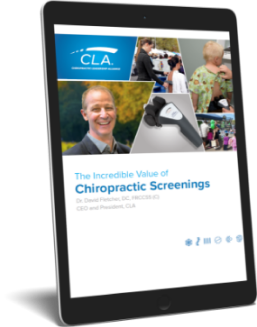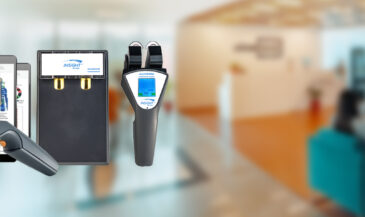
Answer by Dr. David Fletcher: The combination of HRV and Chiropractic Care are predictors of performance and recovery
You are correct that HRV can be used to identify an “acute” stressor state as in post-exercise or post-trauma (emotional or physical). An HRV reading registers the balance and the activity at the time of the collection. Like BP readings, they can be influenced by situations or environments. Like BP, they also tell a deeper story about the chronicity of the situation at hand. We recommend collection in a quieted state. This is the advantage of using the PWP as a collection instrument.
The simultaneous GSR streaming allows us to confirm low anxiety at time of collection. This precludes testing in a provocative manner such as orthostatic postures etc. and we recommend a 3 hour ”recovery” period post-exercise to allow the body time to ease itself out of the acute state of exercise. If you create a folio of scans after the initial one, you have the ability to track trends and shifts in the movement between PS and S along with a raising or lowering of the AAI. We also recommend that there be a commitment to scan at least 3 times over an initial 12 week window to gain an interpretive upper hand on HRV and the other sensor biometrics.
Back to HRV… when used in post-exercise situations, we are especially looking to see if the rate or pace of recovery is optimal. That means that in certain cases you can scan pre-exercise and watch them post-exercise at timed intervals to track their recovery. A traditional “exercise stressor” would create a Left shift and then ease its way back. The faster the recovery, the healthier the response. To get the baseline in this and any case, the initial scan must be done in the quieted and recovered state.
The real value of HRV interpretation is the ability to observe complex systems achieve a greater sense of ease and balance, especially after they have been stressed. This is described as a state of coherence and is highly desirable as the complex systems become highly efficient and thereby adaptable.
Thanks for reading!




























































































